eDNA in the Peruvian Amazon
Uncovering 675 species in the Peruvian Amazon for the same cost and effort as a river dolphin survey
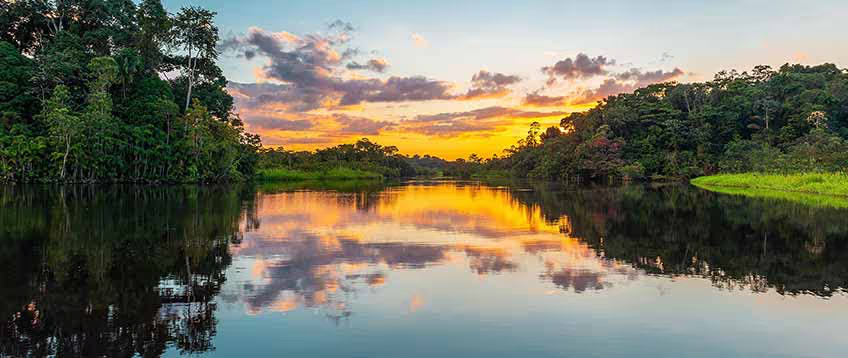
A collaboration between
Project Snapshot
Overview
When WWF Peru approached us to help survey six aquatic species including Amazon manatees, pink river dolphins and migratory catfish along the Marañon river in the Northern Peruvian Amazon as part of their Healthy Rivers programme, we knew that our aquatic eDNA service would prove an invaluable resource. Traditional methods would have meant conducting separate surveys for each species, but with eDNA they could all be surveyed together, along with the rest of the vertebrate fauna – saving money and time. Just three trips later, we delivered a comprehensive set of data to WWF covering a vast array of aquatic and non- aquatic species, including 375 fish, 155 mammals and 65 birds.

The Challenge
Sampling In Vast Landscapes
This was a vast, landscape-level survey, stretching from the Andean slopes in the east to the Brazilian border in the west.
To survey this length of river for just a few species using traditional techniques would have taken many more person hours, requiring multiple trips and resulting in less reliable, auditable and systematic data.”
Brenda Toledo, WWF Peru


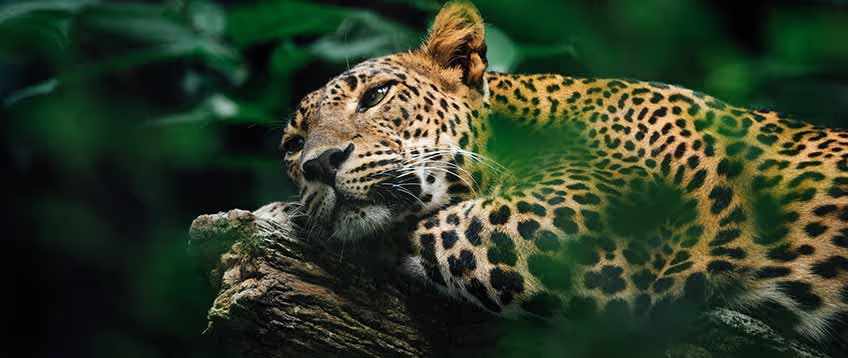
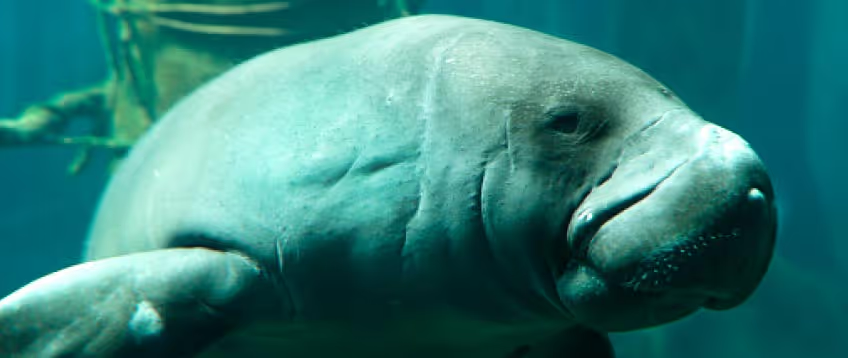


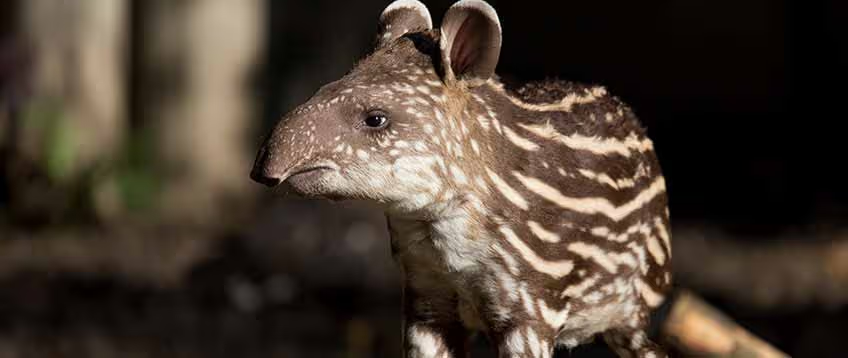
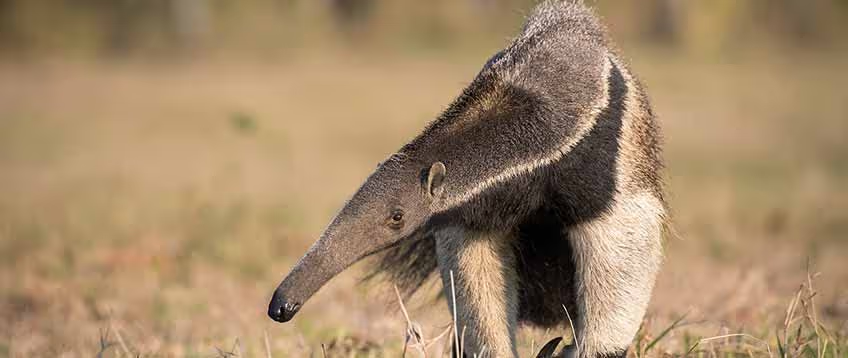
Our Role
Sampling Techniques Made Easy
We worked with two of the local WWF Peru team to train them up on our aquatic eDNA sampling protocol, which is simple and quick to execute by anyone in the field. Over three separate trips, they collected samples at 40 points along the Maranon river.

The Findings
The mammals we found included 100 nonaquatic species:
- Small mammals (e.g. many species of rodents and opossums)
- Large ungulates such as tapirs, deer and peccaries
- Top predators including jaguar and ocelot
- Other terrestrial species such as giant anteaters and armadillos
- Arboreal species including almost all the monkey species known in the area
- 25 species of bat
Over half the species detected were fish – which is what we would expect as fish shed lots of DNA and the Amazon has the highest diversity of freshwater fish in the world.

The Impact
An Invaluable Resource for Measuring and Protecting Biodiversity
The eDNA analysis conducted in our labs provided a comprehensive dataset of vertebrate fauna of the rivers and surrounding forests, including locational, occupancy and frequency data and diversity patterns for 675 species. This included endangered species like Jaguars and Giant River Otters and hundreds of fish species that are hugely important for the livelihoods of local communities but are virtually impossible to survey in any other way.





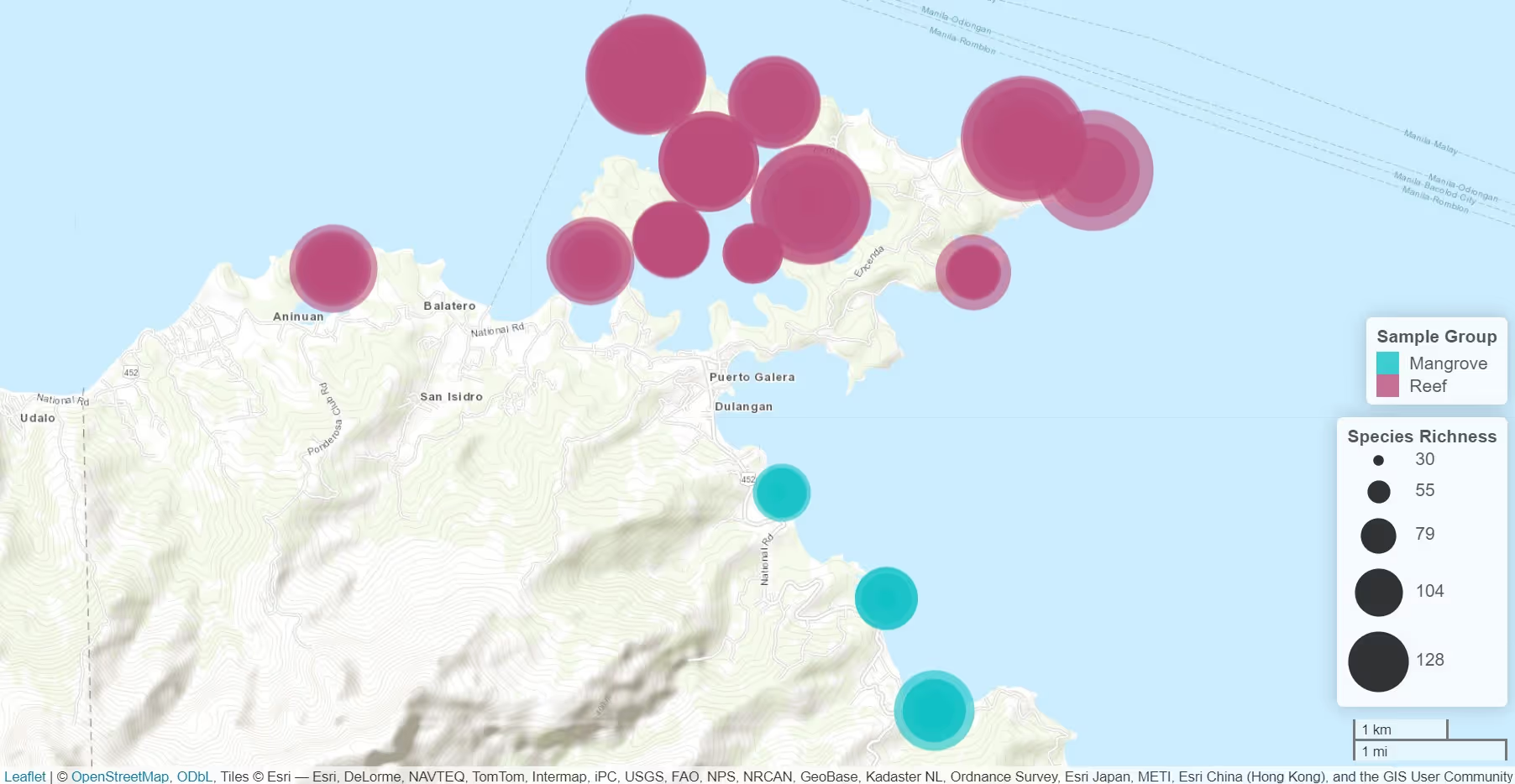
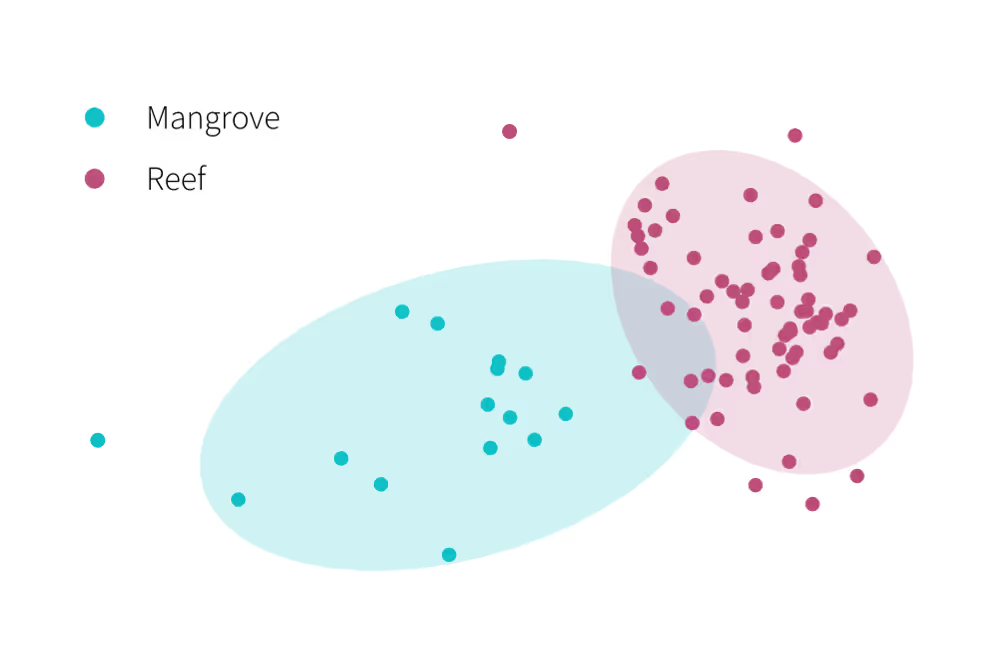
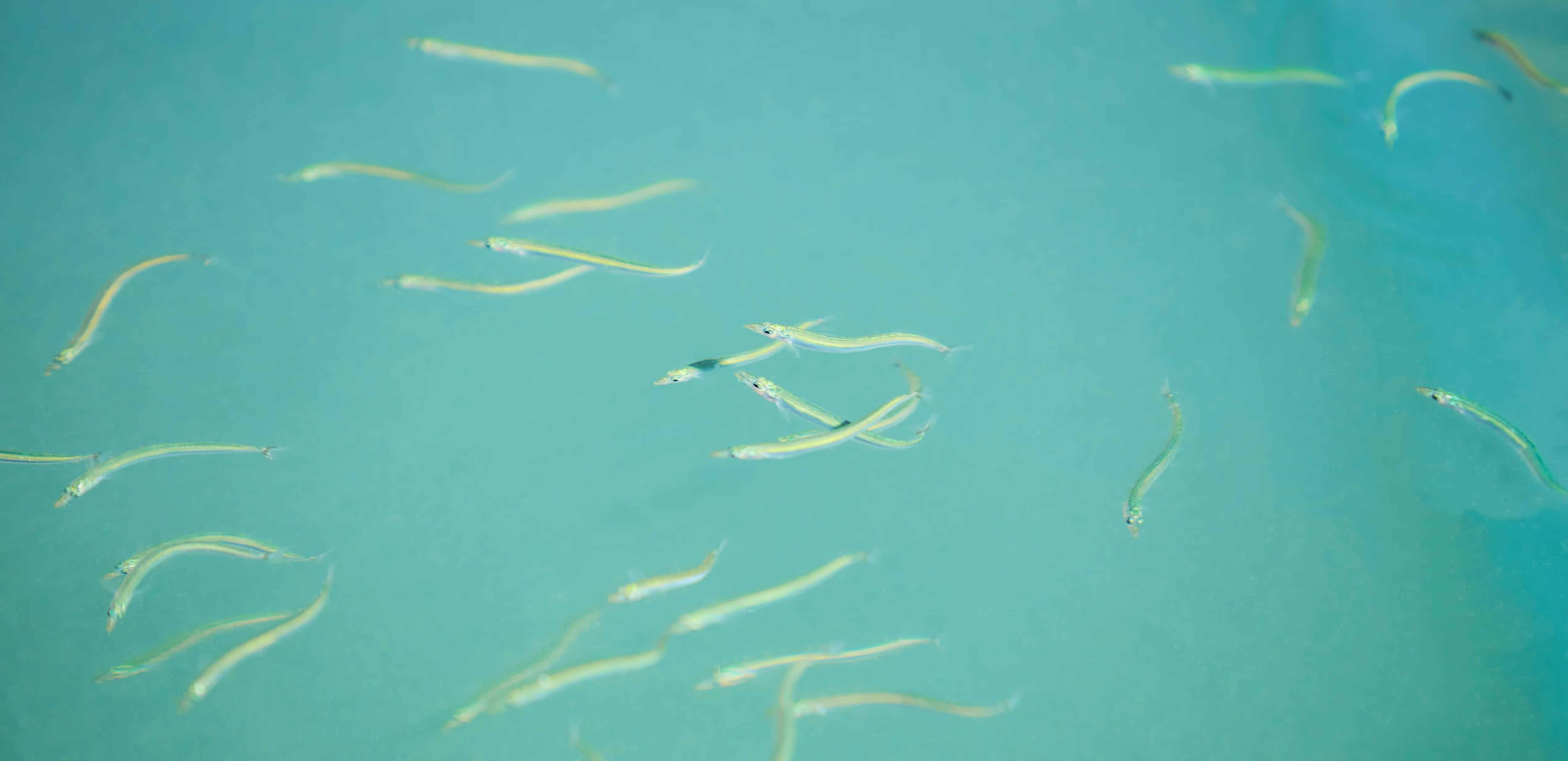
.avif)